The largest bird on earth is the shoebill stork, which is the only species of the genus Shoebill in the family Shoebillidae. The name of the shoebill stork comes from its powerful beak. It is a large bird very similar to the stork family. It is tall, with an average height of 1.2 meters, a weight of 4000-7000 grams, and a wingspan of 2.6 meters. It is about the size of a white stork, with a particularly huge head. It is also the largest bird in existence. The beak is wide and thick. It is the widest beak in the world. It is 12 centimeters wide. The end of the beak is curved downward into a hook shape. The beak plays a very important role. Not only is the tip sharp and abnormal, but the periphery is also as sharp as a sharp knife, which can penetrate the thickness of crocodiles. The skin is thick, and the upper and lower pieces clamp the prey so tightly that it is like a workpiece being clamped in a benchworker's vise.
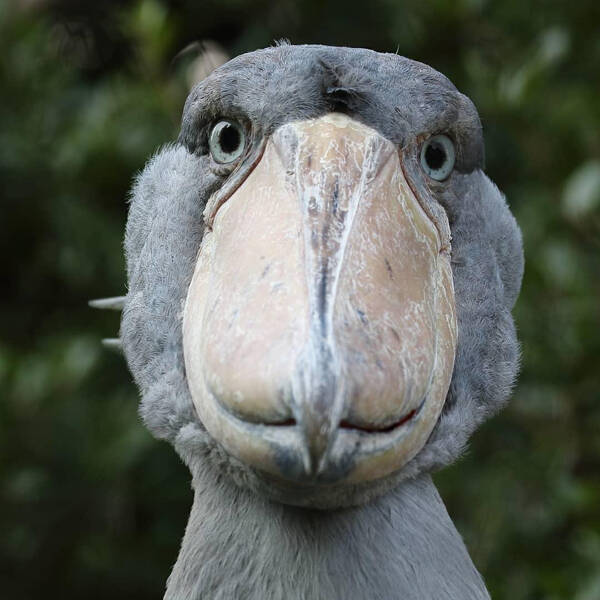

The shoebill stork has a very interesting and cute face. Its large, mottled beak makes it even more attractive. The huge beak looks like a whale's head, with the eyes located at the front of the head, on the same plane as an owl's eyes. The overall feathers are slate gray, with a green luster on the back, a short tail, and a short crest behind the head. The most prominent feature of its appearance is its large head and a particularly thick and large mouth that looks like a wooden boot. But its mouth looks heavy, but it's actually very light. The male and female birds have the same color feathers and only differ in size, with the female bird being slightly smaller. Young birds are mostly brown with no green luster on their backs. The beak color is yellow-green, the iris is white to light yellow, and the legs are black.
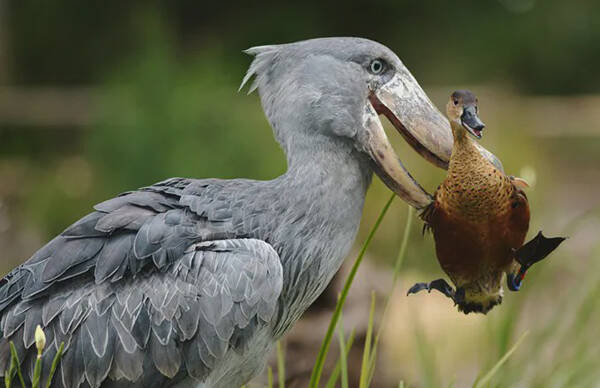
The shoebill stork is currently classified as a 'Vulnerable' (VU) bird by Birdlife International and the International Union for Conservation of Nature (IUCN). According to IUCN data in 2016, there are still 3,300 to 5,300 adult shoebill storks in the wild, down from 5,000 to 8,000 in 2008. The number of shoebill storks is expected to continue to decline due to habitat degradation and loss, human activities, and the illegal bird trade.
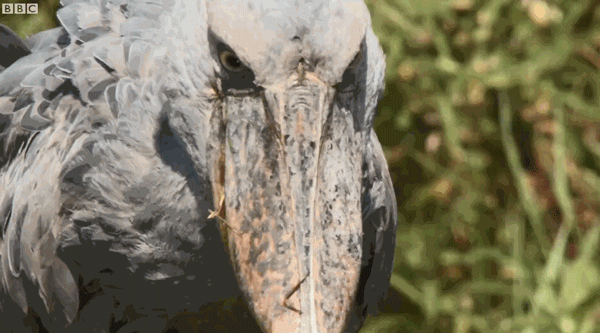
In addition, in the past five years, the local area has introduced many conservation measures to revitalize wetlands and protect wildlife. It is expected that every shoebill stork can live freely in the swamp wetlands.
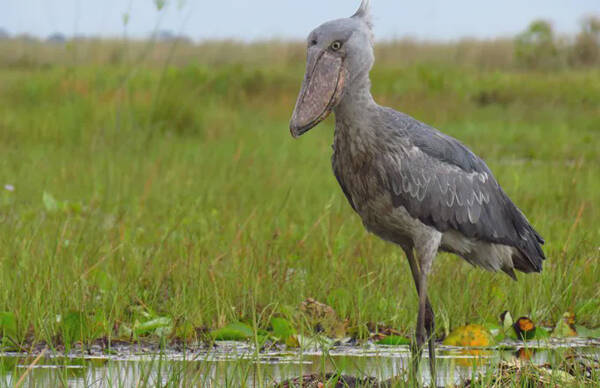
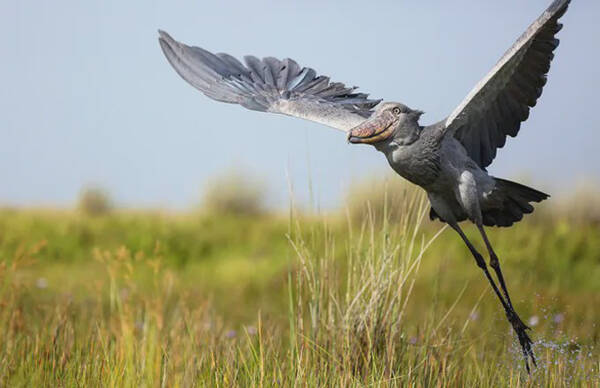
animal tags: Shoebill
We created this article in conjunction with AI technology, then made sure it was fact-checked and edited by a Animals Top editor.